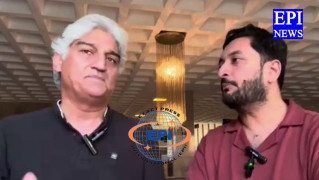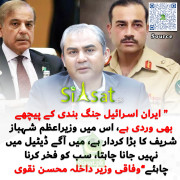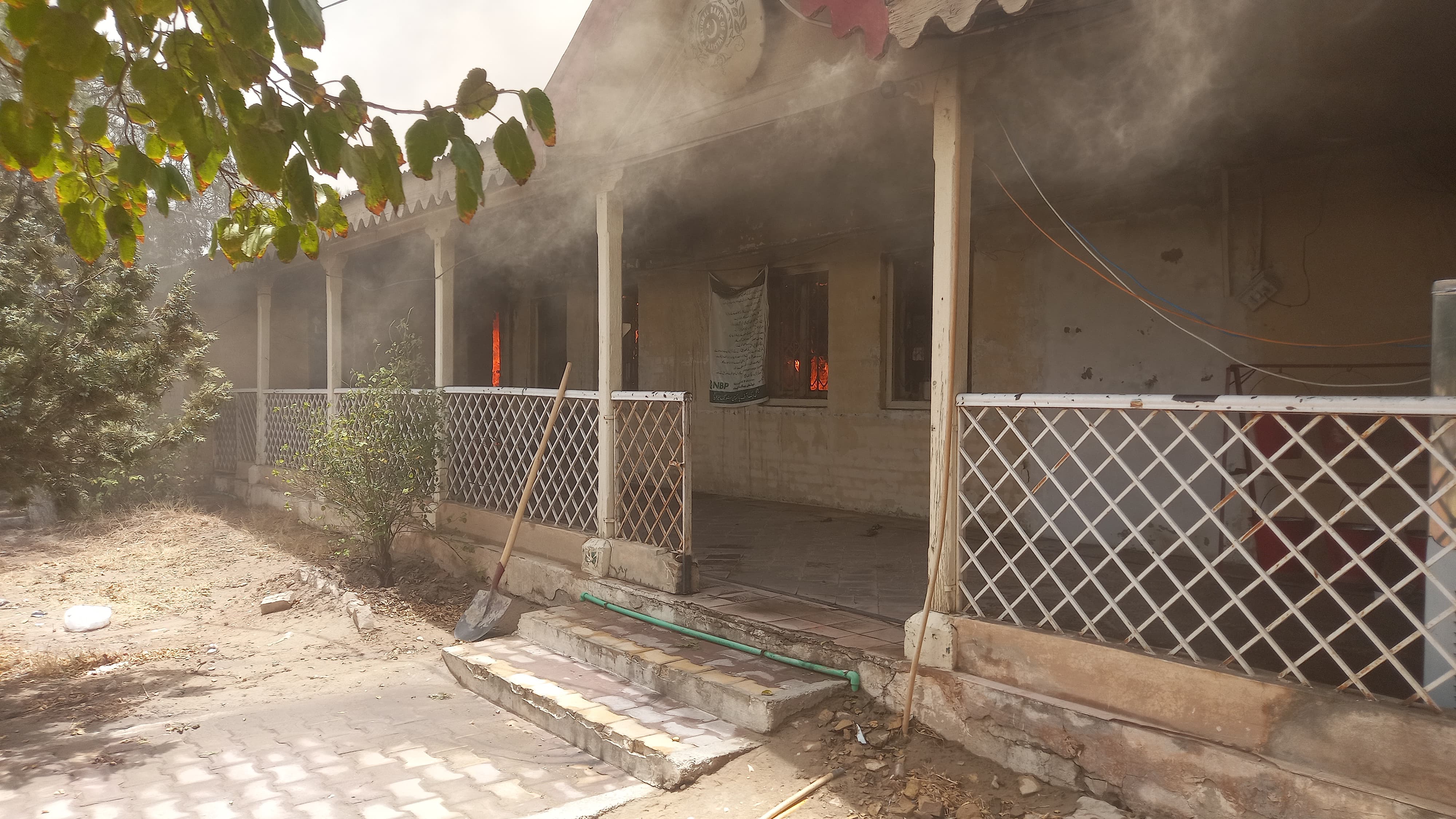Syrian Troops Said to Recapture Historic Palmyra From ISIS

The ancient theater in the Syrian city of Palmyra on Sunday. CreditMaher Al Mounes/Agence France-Presse — Getty ImagesBEIRUT, Lebanon — The Syrian Army said Sunday that it had fully captured Palmyra, routing Islamic State fighters who had occupied the city with its ancient ruins for almost a year, and handing President Bashar al-Assad a strategic prize. It also gave Mr. Assad something more rare: a measure of international praise.
Photo

Ancient ruins in Palmyra, Syria, in an image taken from a drone video made available on Monday.CreditReuters TV, via ReutersThe head of Unesco, the United Nations agency that had designated Palmyra’s ruins a World Heritage site, hailed the “liberation” of the city from the militants in a statement issued last week as Syrian troops were advancing. On Sunday, Ban Ki-moon, the United Nations secretary-general, called the retaking of the ancient city “fortunate” and said the Syrian government could now protect and restore the sites, wire services reported.
Among the dozens of cities and towns captured by the Islamic State, Palmyra had provoked an unusually far-reaching outcry. The extremist group, also known as ISIS and ISIL, imposed its familiar, merciless strictures on residents, including summary executions, and it destroyed some of the city’s spectacular ruins, the remains of a civilization that 2,000 years ago was a crossroads among Roman, Persian and local cultures.
Photo

In a photo released by the state media, Syrian forces look over the ancient town of Palmyra on Sunday.CreditSana, via ReutersAfter a three-week push by the Syrian Army and its allies, including Russia, the majority of the Islamic State contingent in Palmyra had withdrawn or been driven out, with hundreds of its fighters killed, according to the Syrian Observatory for Human Rights, which tracks the conflict. The withering defeat underscores the Islamic State’s broader struggle to retain territory it has seized in Syria and Iraq.
Maamoun Abdulkarim, Syria’s director general of antiquities, said initial reports from Palmyra confirmed some of the destruction, but he said he was hopeful it was not as comprehensive as many had feared. The “landscape” of the ancient ruins was intact, he said.
Photo

A member of the Syrian government forces carrying an ISIS flag on Sunday in Palmyra.CreditAgence France-Presse — Getty ImagesThe capture of Palmyra, days after the deadly Belgium bombings for which the Islamic State claimed responsibility, added weight to Mr. Assad’s contention that his government is a bulwark against the transnational extremist group. It served as an argument, too, for his own relevance even as his foes and some allies argue that he must leave power as part of a political settlement to end the war in Syria.
As Syrian state television aired celebratory footage of troops in Palmyra on Sunday, Mr. Assad, in a statement carried by the state news agency, said the victory was “an important achievement and new evidence of the effectiveness of the strategy followed by the Syrian Army and its allies in the war against terrorism.”
 1
1
Source: IHS Conflict Monitor (control areas)
By The New York Times
Mr. Assad also contrasted what he called the success of Syria’s antiterrorism efforts with the “lack of seriousness” by a United States-led coalition fighting the Islamic State, according to the statement.
Lost in the celebrations was a discussion of how Palmyra had fallen in the first place. When the Islamic State captured the city in May, the militants faced little resistance from Syrian troops. At the time, residents said officers and militiamen had fled into orchards outside the city, leaving conscripted soldiers and residents to face the militants alone.
Photo

Syrian soldiers on Sunday at the citadel in Palmyra. CreditSANA, via Associated PressThe city sits at a crossroads of highways that lead to the populated areas of Damascus and Homs, and to territories farther east that the Islamic State controls. It was recaptured with significant help from Russia’s military, which carried out dozens of airstrikes — highlighting the central role of President Vladimir V. Putin in solidifying Mr. Assad’s hold on power since Russia intervened in the war in September.
Residents who had stayed inPalmyra while it was under the Islamic State’s control said they had been caught between violence from both sides. As government forces attacked, sometimes shelling or conducting airstrikes on civilian areas, the militants publicly executed their enemies, including the city’s retired antiquities chief, Khalid al-Asaad, whose body was reported to have been strung up on a traffic pole.
Photo

Syrian troops on Sunday in Palmyra, which the army said had been fully recaptured from the Islamic State.CreditAgence France-Presse — Getty ImagesThe militants also began destroying additional monuments, among the stone ruins in one of world’s most renowned historical sites, spread over a vast area adjacent to the city.
Antiquities officials feared that several significant monuments had been fully or nearly destroyed, including the Temple of Baalshamin, as well as the Temple of Baal, which served as the modern backdrop for concerts at the Palmyra Music Festival.
The ruins of the ancient Syrian city of Palmyra are shown in a video from March 2014, before the Islamic State took control.
The arrival of government troops provided an opportunity to inspect the damage more closely. Mr. Abdulkarim, the antiquities director, said Sunday that he hoped to visit the city within a day or two, after being unable to travel there for two years because of the fighting.
There had been damage to the fence of the city’s medieval citadel, “but it can be fixed,” he said. And some stones at the Temple of Baal are still intact, he said.
http://www.nytimes.com/2016/03/28/world/middleeast/syria-palmyra.html?_r=0

The ancient theater in the Syrian city of Palmyra on Sunday. CreditMaher Al Mounes/Agence France-Presse — Getty ImagesBEIRUT, Lebanon — The Syrian Army said Sunday that it had fully captured Palmyra, routing Islamic State fighters who had occupied the city with its ancient ruins for almost a year, and handing President Bashar al-Assad a strategic prize. It also gave Mr. Assad something more rare: a measure of international praise.
Photo

Ancient ruins in Palmyra, Syria, in an image taken from a drone video made available on Monday.CreditReuters TV, via ReutersThe head of Unesco, the United Nations agency that had designated Palmyra’s ruins a World Heritage site, hailed the “liberation” of the city from the militants in a statement issued last week as Syrian troops were advancing. On Sunday, Ban Ki-moon, the United Nations secretary-general, called the retaking of the ancient city “fortunate” and said the Syrian government could now protect and restore the sites, wire services reported.
Among the dozens of cities and towns captured by the Islamic State, Palmyra had provoked an unusually far-reaching outcry. The extremist group, also known as ISIS and ISIL, imposed its familiar, merciless strictures on residents, including summary executions, and it destroyed some of the city’s spectacular ruins, the remains of a civilization that 2,000 years ago was a crossroads among Roman, Persian and local cultures.
Photo

In a photo released by the state media, Syrian forces look over the ancient town of Palmyra on Sunday.CreditSana, via ReutersAfter a three-week push by the Syrian Army and its allies, including Russia, the majority of the Islamic State contingent in Palmyra had withdrawn or been driven out, with hundreds of its fighters killed, according to the Syrian Observatory for Human Rights, which tracks the conflict. The withering defeat underscores the Islamic State’s broader struggle to retain territory it has seized in Syria and Iraq.
Maamoun Abdulkarim, Syria’s director general of antiquities, said initial reports from Palmyra confirmed some of the destruction, but he said he was hopeful it was not as comprehensive as many had feared. The “landscape” of the ancient ruins was intact, he said.
Photo

A member of the Syrian government forces carrying an ISIS flag on Sunday in Palmyra.CreditAgence France-Presse — Getty ImagesThe capture of Palmyra, days after the deadly Belgium bombings for which the Islamic State claimed responsibility, added weight to Mr. Assad’s contention that his government is a bulwark against the transnational extremist group. It served as an argument, too, for his own relevance even as his foes and some allies argue that he must leave power as part of a political settlement to end the war in Syria.
As Syrian state television aired celebratory footage of troops in Palmyra on Sunday, Mr. Assad, in a statement carried by the state news agency, said the victory was “an important achievement and new evidence of the effectiveness of the strategy followed by the Syrian Army and its allies in the war against terrorism.”

Source: IHS Conflict Monitor (control areas)
By The New York Times
Mr. Assad also contrasted what he called the success of Syria’s antiterrorism efforts with the “lack of seriousness” by a United States-led coalition fighting the Islamic State, according to the statement.
Lost in the celebrations was a discussion of how Palmyra had fallen in the first place. When the Islamic State captured the city in May, the militants faced little resistance from Syrian troops. At the time, residents said officers and militiamen had fled into orchards outside the city, leaving conscripted soldiers and residents to face the militants alone.
Photo

Syrian soldiers on Sunday at the citadel in Palmyra. CreditSANA, via Associated PressThe city sits at a crossroads of highways that lead to the populated areas of Damascus and Homs, and to territories farther east that the Islamic State controls. It was recaptured with significant help from Russia’s military, which carried out dozens of airstrikes — highlighting the central role of President Vladimir V. Putin in solidifying Mr. Assad’s hold on power since Russia intervened in the war in September.
Residents who had stayed inPalmyra while it was under the Islamic State’s control said they had been caught between violence from both sides. As government forces attacked, sometimes shelling or conducting airstrikes on civilian areas, the militants publicly executed their enemies, including the city’s retired antiquities chief, Khalid al-Asaad, whose body was reported to have been strung up on a traffic pole.
Photo

Syrian troops on Sunday in Palmyra, which the army said had been fully recaptured from the Islamic State.CreditAgence France-Presse — Getty ImagesThe militants also began destroying additional monuments, among the stone ruins in one of world’s most renowned historical sites, spread over a vast area adjacent to the city.
Antiquities officials feared that several significant monuments had been fully or nearly destroyed, including the Temple of Baalshamin, as well as the Temple of Baal, which served as the modern backdrop for concerts at the Palmyra Music Festival.
The ruins of the ancient Syrian city of Palmyra are shown in a video from March 2014, before the Islamic State took control.
The arrival of government troops provided an opportunity to inspect the damage more closely. Mr. Abdulkarim, the antiquities director, said Sunday that he hoped to visit the city within a day or two, after being unable to travel there for two years because of the fighting.
There had been damage to the fence of the city’s medieval citadel, “but it can be fixed,” he said. And some stones at the Temple of Baal are still intact, he said.
http://www.nytimes.com/2016/03/28/world/middleeast/syria-palmyra.html?_r=0
Last edited by a moderator:































